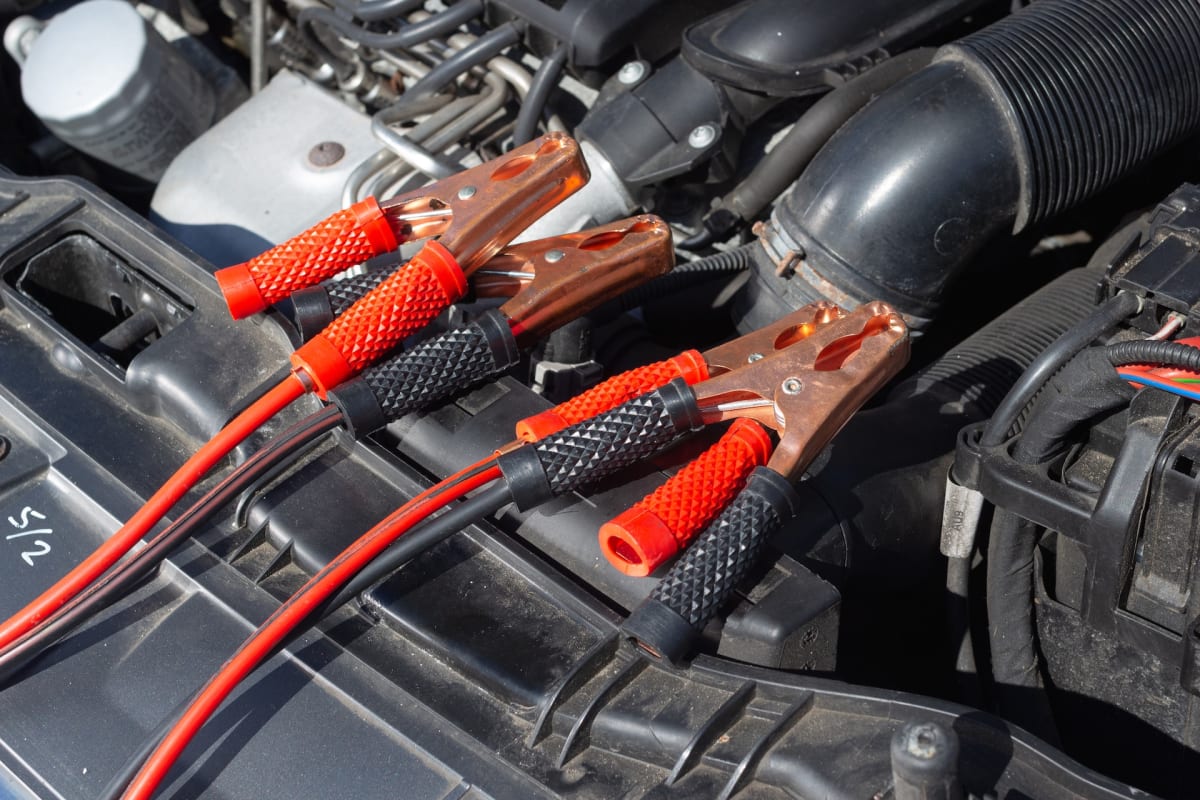
How to Maintain an Electric Tricycle Battery for Longevity: 6 Key Tips
October 9, 2023
Electric Three-Wheeler Battery Specifications, Lifespan, and Charging Guidelines
October 16, 2023Electric three-wheeled vehicles, commonly referred to as e-trikes, have become increasingly popular for their eco-friendliness and efficiency. However, when it comes to charging these vehicles, there are two fundamental questions that need clear answers: Where is the charging port located, and how long does it take to charge an electric three-wheeler? In this comprehensive guide, we will delve into these crucial aspects, providing you with all the essential information you need.
Contents
Where to Find the Charging Port
The first question on every e-trike owner’s mind is, “Where is the charging port located?” The answer, unfortunately, is not one-size-fits-all due to variations in brand and model.
Under the Seat
In many e-trikes, the charging port is discreetly positioned beneath the seat. This design ensures easy accessibility while protecting the port from external elements.
Around the Seat Box
In some models, you’ll discover the charging port in the vicinity of the seat box. While it may require a bit more effort to access, it remains a convenient location.
Charging Time
The second question revolves around the time required for charging an electric three-wheeler. The charging duration largely depends on the battery’s state and capacity.
Depleted Battery Scenario
- Complete Battery Depletion: When your e-trike’s battery is entirely drained, a full charge typically takes approximately 8 to 10 hours.
- Partial Battery Depletion: If your battery isn’t fully depleted, a 4 to 5-hour charge is usually sufficient. The charging time also depends on the battery’s capacity and the charger’s current output.
Factors Influencing Charging Time
Modern e-trike chargers are equipped with intelligent charging mechanisms. Initially, they apply a higher current to rapidly charge the battery to around 80% capacity. Afterward, they switch to a trickle charge with lower current to prevent overcharging. When the battery is completely empty, aim for 8 to 10 hours of charging, but avoid exceeding 12 hours, as prolonged charging can affect the battery’s lifespan.
It is important to note that it is not advisable to deplete the battery entirely with each use. Charging the battery when it reaches around 70% capacity usually takes 6 to 8 hours. The frequency of charging can be adjusted based on daily usage percentages. For example, if your daily usage is around 10%, you may only need to charge weekly. On the other hand, daily usage of 20% may require charging every three days, 30% every two days, and 40% or more may necessitate daily charging, with each session lasting approximately 6 hours.
Electric Three-Wheeler’s First-Time Charging Tips
The initial charge of your e-trike’s battery is critical for its long-term performance. Here are some essential considerations:
Battery Depletion Without Exhaustion
Before your first charge, it’s recommended to use some electric power without completely depleting the battery. Avoid indoor charging, especially during the initial charge. New e-trike batteries typically arrive with a moderate charge level. Estimate the expected travel distance based on the manufacturer’s information to prevent full depletion. When the battery indicator shows the last bar, it’s time to think about charging.
Opt for Daylight Charging
For your first-time charging, it’s best to do it during daylight hours. Charging the battery to full capacity during daylight makes it easier to control the charging time. This reduces the risk of overcharging and ensures that the first chemical reactions inside the battery occur under optimal conditions.
Charging Duration for New Batteries
For new e-trike batteries, a charging duration of approximately 5-6 hours is usually sufficient to reach a full charge. This ensures that the battery’s capacity is maximized for future use.
Subsequent Long Charges
While it may not be the first charge, the second charge remains crucial for new vehicles. When your e-trike’s battery is nearing depletion, consider conducting another extended charge. This charge can last for 8-9 hours or even up to 10 hours, promoting a complete chemical reaction cycle within the battery.
Conclusion
Understanding the location of your e-trike’s charging port and the optimal charging duration is essential for efficient and effective use of your electric three-wheeler. By following these guidelines, you can ensure the longevity and performance of your e-trike’s battery, thereby enhancing your overall riding experience. There are also 6 tips for using the vehicle.

